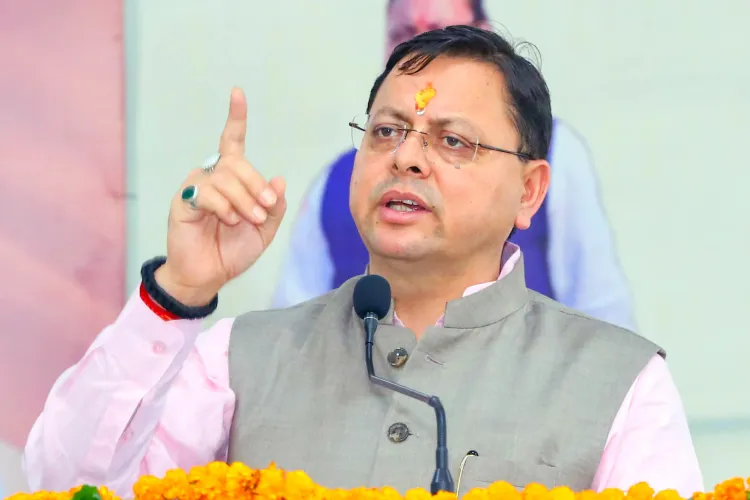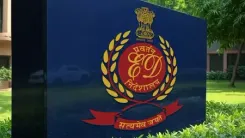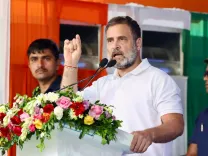Why Are Gita Shlokas Being Introduced in Uttarakhand Schools?

Synopsis
Key Takeaways
- Gita shlokas will be recited in Uttarakhand government schools.
- The initiative aims to instill values of duty and righteousness.
- Students will learn the importance of spirituality and character development.
- It aligns with the National Education Policy (NEP) 2020.
- Over 17,000 schools will implement this directive.
Dehradun, July 16 (NationPress) The Chief Minister of Uttarakhand, Pushkar Singh Dhami, has expressed his support for the recent initiative to incorporate Gita shlokas into morning prayers at state-run schools. He stated that this esteemed Hindu text will act as a guiding light for the youth of today.
In a statement to the press, CM Dhami remarked, “Reciting Bhagavad Gita shlokas will instill the Vedic principles of duty and righteousness in students, guiding them on the correct path. These scriptures are instrumental in developing strong character and imparting the spiritual strength that is essential in life.”
“This initiative will cultivate individuals of integrity, allowing them to succeed in their endeavors,” he continued.
His comments followed the Uttarakhand government’s directive mandating all public schools to integrate Bhagavad Gita shlokas into their daily morning assemblies.
The directive specifies that a single shloka will be recited each week, accompanied by discussions on its significance, and how it can foster human values, leadership qualities, decision-making skills, and a scientific mindset among students.
Moreover, the order emphasizes that these shlokas should not merely be viewed as 'text' but should influence students’ attitudes and actions.
Officials from the government noted that this move aligns with the vision of the National Education Policy (NEP) 2020, which advocates for a harmonious integration of traditional wisdom with contemporary education.
Additionally, the Uttarakhand government has requested the National Council of Educational Research and Training (NCERT) to include teachings of Hindu texts like the Bhagavad Gita and Ramayana in the school syllabus.
While no specific timeline has been established for the introduction of these texts into textbooks, the recitation of Gita shlokas will commence in the daily prayers of the state’s schools.
It is estimated that there are over 17,000 government-operated schools in the Devbhoomi.







